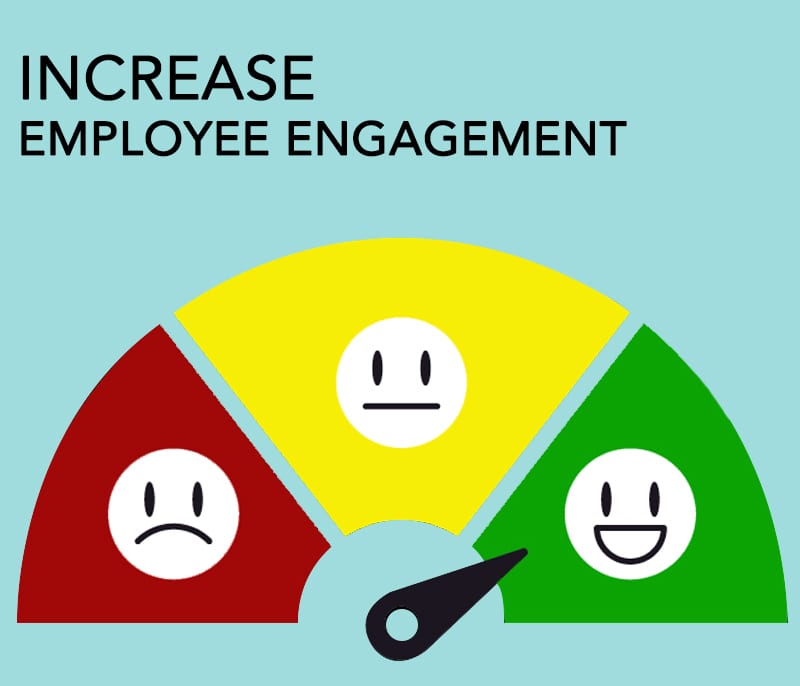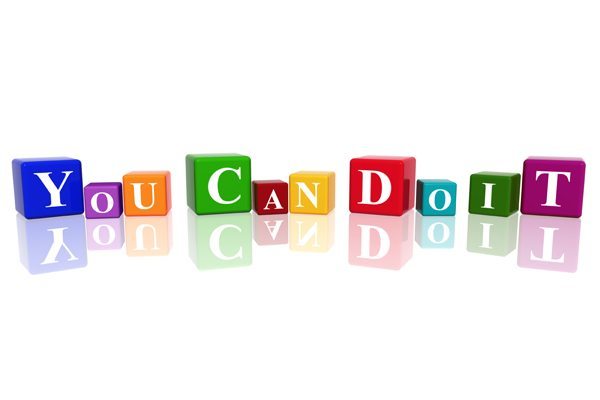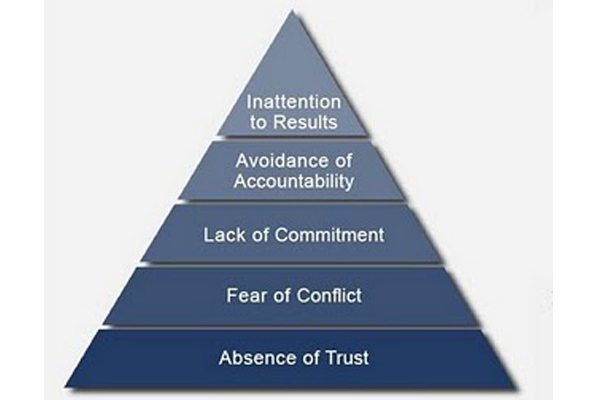Are Your Team Building Events Delivering the Desired Impact?
Team building activities are a common and well-recognized method for improving morale, communication, and collaboration within organizations. In fact, 76% of Indian companies have reported using team-building activities to foster collaboration among teams and improve overall workplace dynamics. While such events can undoubtedly provide a temporary boost, the real challenge lies in ensuring these activities have a long-lasting impact on team performance and organizational success.
How can you ensure that your team-building initiatives are more than just one-off events? How can you translate the energy and insights gained from these activities into everyday work practices, so that the results are sustained over time?
This article will explore practical strategies to extend the impact of team-building efforts, ensuring that the lessons learned, the connections made, and the motivation generated carry forward and drive lasting change in your teams and organization.
1. Translating Event Learnings Into Everyday Work Practices
Table of Contents
The key to sustained impact from team-building events is ensuring that the learnings and skills developed during the event are applied in the day-to-day work environment. One-off events are great for fostering connections and offering new perspectives, but without a framework to integrate these insights into everyday tasks, the enthusiasm can quickly fade.
Practical Steps to Take:
(i) Post-event Reflection Sessions
After a team-building activity, hold a debrief session to discuss how the skills and insights learned can be applied to everyday work.
(ii) Incorporate Learning Into Performance Reviews
Ensure that elements of teamwork, communication, and collaboration gained from these activities are incorporated into regular performance evaluations. Recognizing and rewarding improvements in these areas can reinforce the importance of team dynamics.
2. Sustaining the Momentum and Energy Generated During Team Building Activities
Team building is often seen as a “high-energy” event. Employees come together, bond over shared activities, and leave with a renewed sense of camaraderie. But maintaining that energy and motivation can be challenging once employees return to their regular work environments.
Strategies to Maintain Momentum:
(i) Follow-up Challenges or Goals
Set measurable goals that encourage employees to apply the teamwork skills learned during the event. For example, you could create collaborative projects that require teams to work together and apply problem-solving techniques or improve their communication skills.
(ii) Regular Check-ins
Schedule follow-up meetings to track progress and check in on how teams are implementing strategies from the team-building event.
3. Measuring the ROI of Your Team Building Investments
Team-building activities come at a cost — whether it’s financial, time-related, or resource-driven. Therefore, it’s crucial to evaluate the return on investment (ROI) of such initiatives. The value of team-building isn’t always immediately obvious, but several key metrics can help determine whether these events are delivering long-term benefits.
Methods for Measuring ROI:
(i) Employee Engagement Metrics
Increased engagement and satisfaction are often immediate indicators of success. You can measure this by surveying employees about their level of satisfaction with team-building activities and their overall motivation post-event.
(ii) Productivity and Performance Metrics
Track changes in team performance, including task completion rates, communication effectiveness, and overall collaboration..
(iii) Turnover and Retention Rates
A more engaged and cohesive team is less likely to leave the company. By tracking retention rates after team-building activities, companies can assess whether the event has had a positive effect on long-term employee satisfaction.
Conclusion: Building a Sustainable Team-Centric Culture
Team-building activities shouldn’t be seen as standalone events; they are an integral part of an ongoing process to foster collaboration, enhance communication, and drive business success. By translating learnings into everyday practices, sustaining the energy generated during the event, and measuring the ROI of team-building initiatives, organizations can create a team-centric culture that thrives long after the event ends.
In India, where organizations are embracing new approaches to leadership and team dynamics, the companies that effectively integrate team building into their culture are the ones that are seeing sustained growth and innovation. The emphasis on continued development and learning ensures that the impact of team building extends beyond the event itself.










